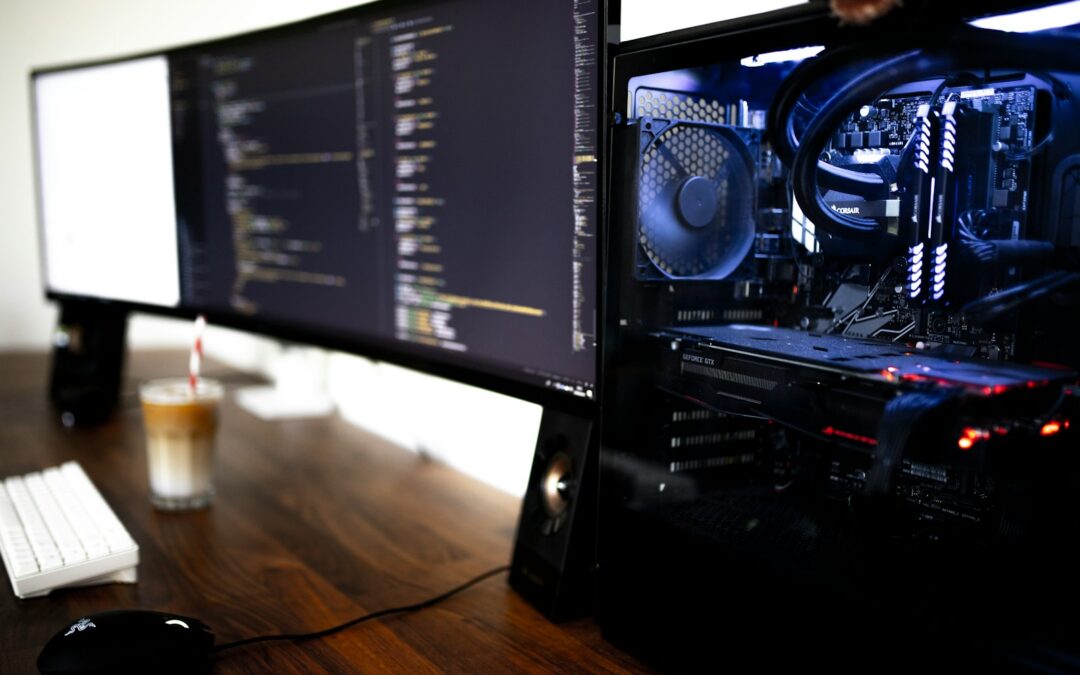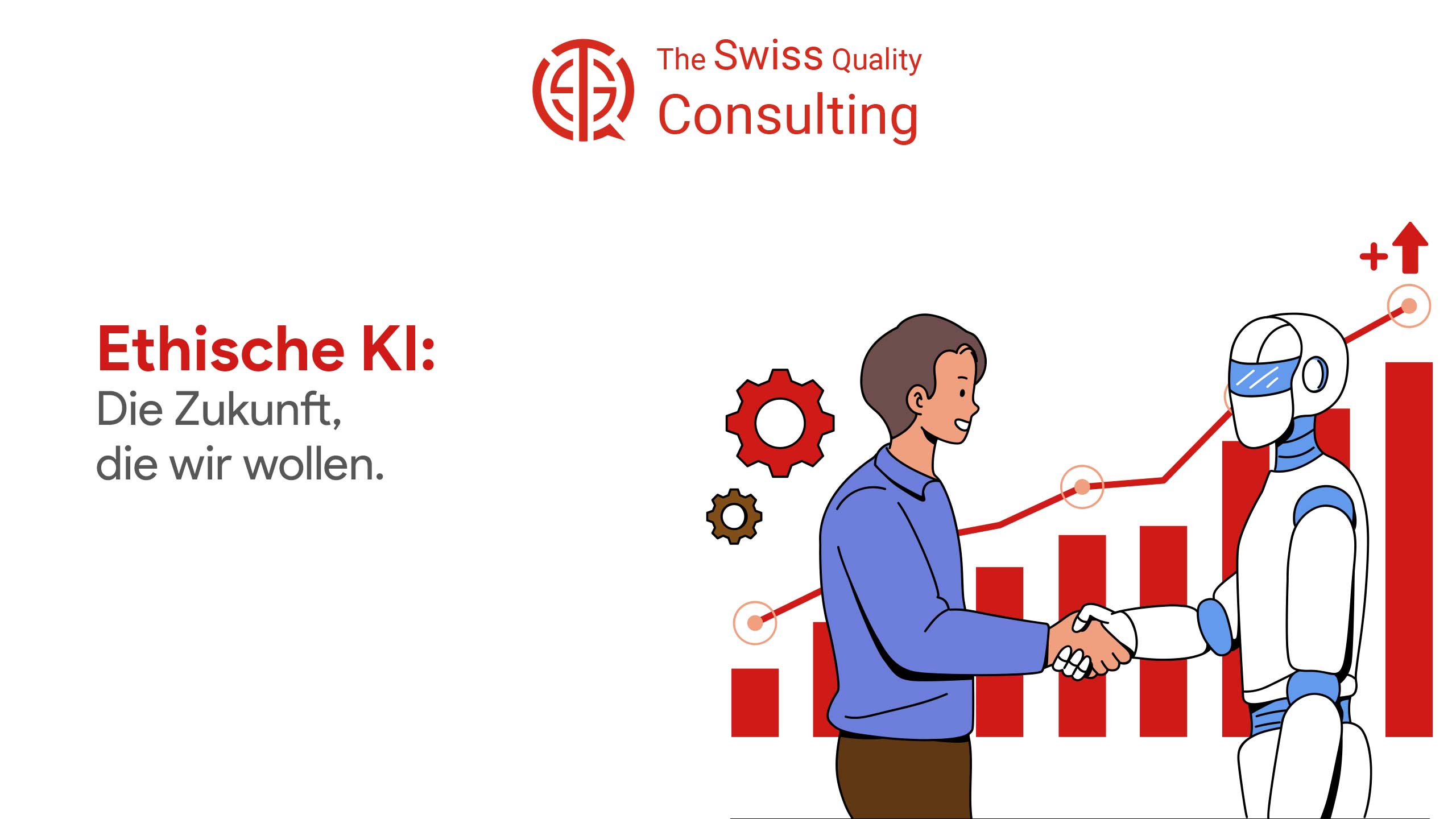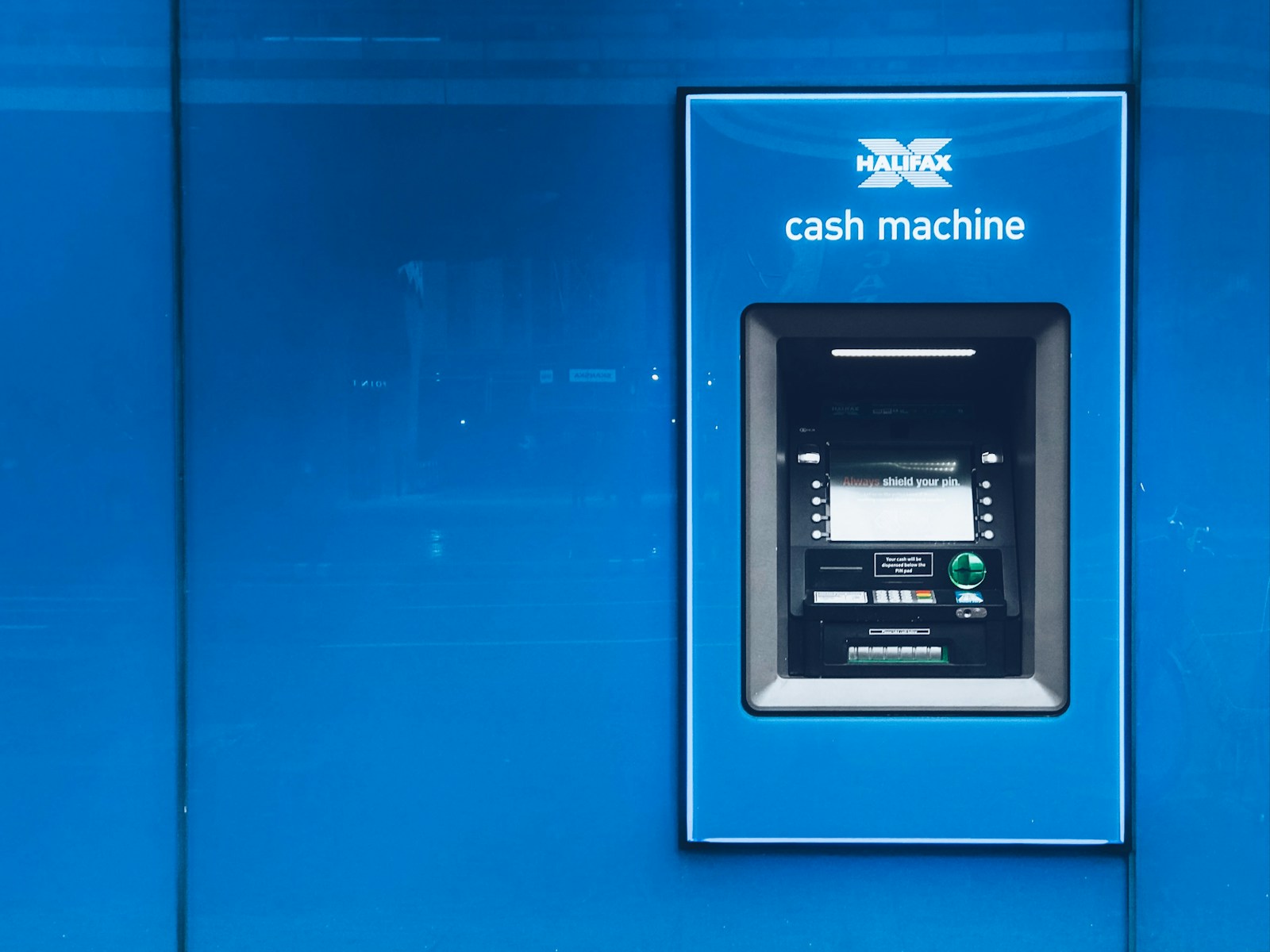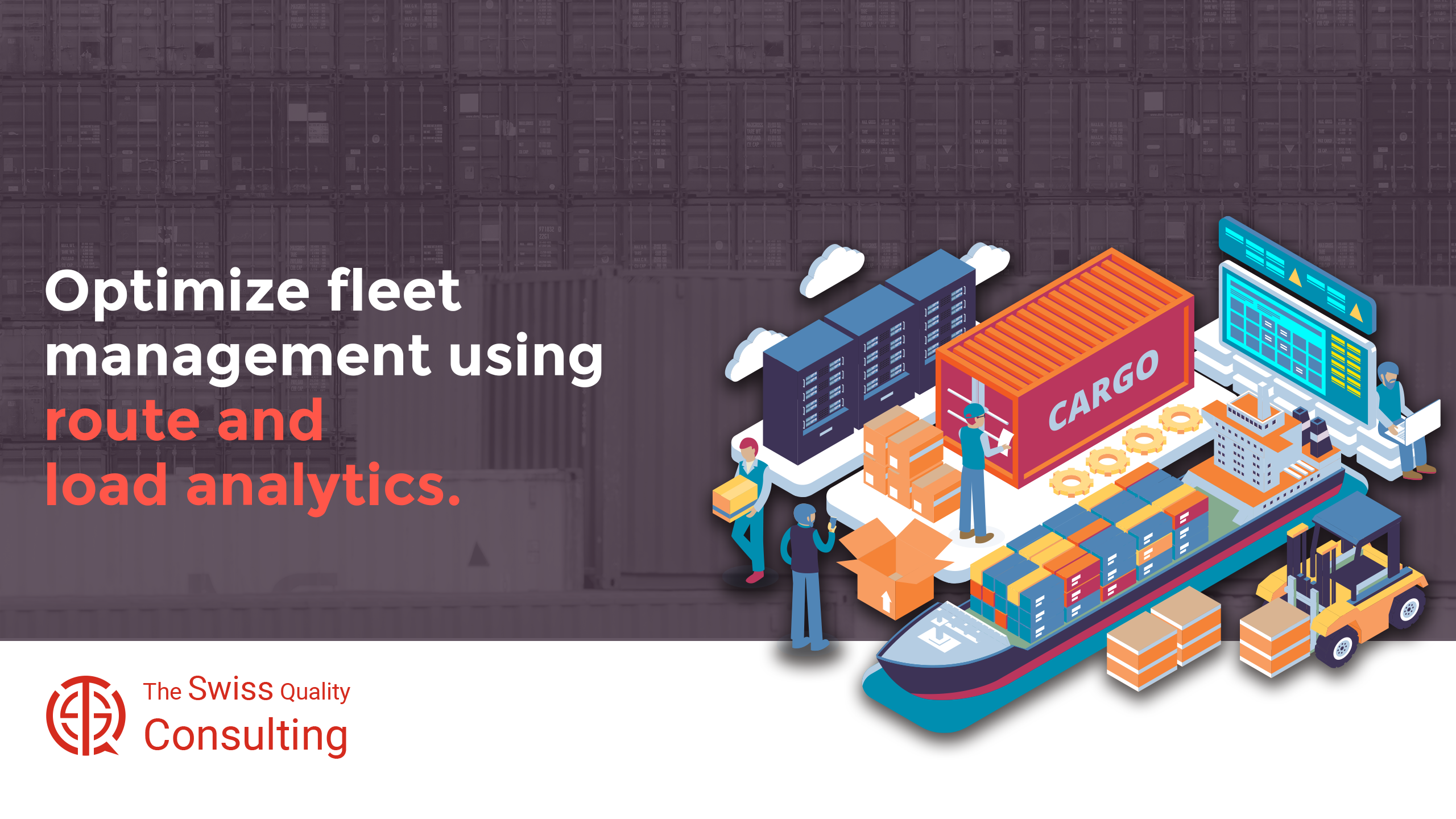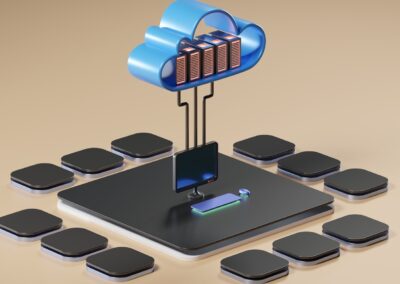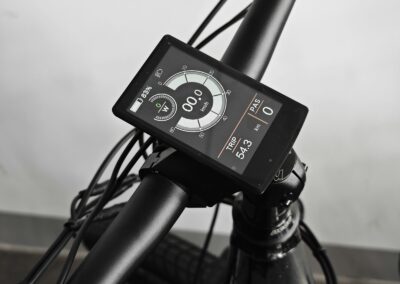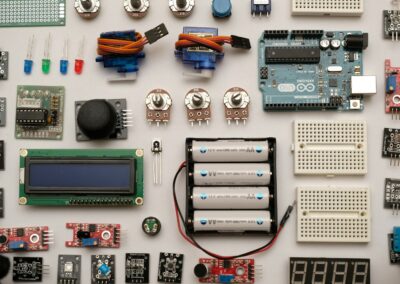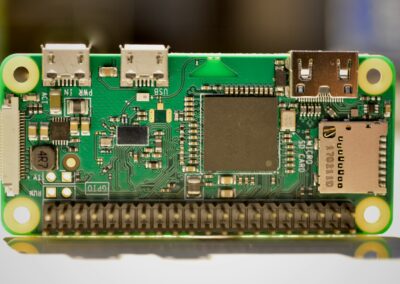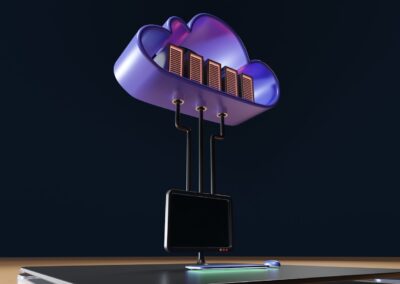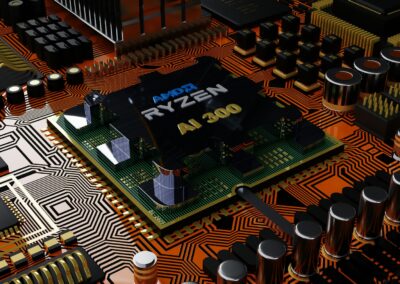Balancing Edge and Cloud Computing in IoT Systems
Understanding the Fundamentals
Optimal balance between edge and cloud data processing for IoT systems is crucial for organizations aiming to enhance efficiency and performance. IoT systems generate vast amounts of data, necessitating effective data processing strategies. Edge computing involves processing data near the source, while cloud computing relies on centralized data centers. Each approach has its advantages and limitations, making it essential to determine the optimal balance tailored to specific organizational needs.
In Saudi Arabia, the adoption of smart city initiatives in Riyadh exemplifies the need for this balance. For instance, smart traffic management systems generate real-time data from numerous sensors and cameras. Edge computing processes this data locally, enabling immediate responses to traffic conditions, such as adjusting signal timings to reduce congestion. Simultaneously, cloud computing aggregates data from various edge devices, providing comprehensive analytics and long-term insights into traffic patterns. This dual approach ensures both real-time responsiveness and strategic planning capabilities.
Benefits of Edge Computing
Edge computing offers significant benefits, particularly for applications requiring low latency and real-time processing. By processing data close to the source, edge computing minimizes the time it takes for data to travel across networks, resulting in faster decision-making. This is particularly crucial for applications like autonomous vehicles, industrial automation, and healthcare monitoring systems. In Dubai, edge computing plays a pivotal role in the healthcare sector, where real-time monitoring of patient vitals can lead to immediate medical interventions, improving patient outcomes.
Another advantage of edge computing is bandwidth optimization. IoT devices often generate large volumes of data, which can strain network resources if transmitted entirely to the cloud. Edge computing alleviates this by performing initial data filtering and aggregation locally, transmitting only essential information to the cloud. This not only conserves bandwidth but also reduces costs associated with data transmission and storage. In Saudi Arabia’s industrial sector, edge computing helps manage data from various sensors and machines, optimizing production processes and reducing operational expenses.
Leveraging Cloud Computing
While edge computing excels in real-time data processing, cloud computing offers unparalleled capabilities for data storage, analysis, and scalability. Cloud platforms provide the computational power and storage capacity required to handle extensive IoT data, enabling sophisticated analytics and machine learning applications. In the UAE, businesses leverage cloud computing to gain insights from aggregated IoT data, driving innovation and strategic decision-making.
Cloud computing also facilitates seamless integration and collaboration. By centralizing data in the cloud, organizations can easily share and access information across different departments and geographical locations. This is particularly beneficial for multinational enterprises with operations in Riyadh, Dubai, and beyond. Furthermore, cloud computing supports disaster recovery and business continuity by ensuring data redundancy and backup, protecting organizations from data loss due to unforeseen events.
Implementing a Hybrid Approach
Assessing Organizational Needs
Determining the optimal balance between edge and cloud data processing for IoT systems requires a thorough assessment of organizational needs and objectives. Organizations must evaluate factors such as latency requirements, data volume, bandwidth limitations, and security considerations. For instance, applications that demand immediate responses, such as real-time monitoring and control systems, benefit more from edge computing. Conversely, applications involving extensive data analysis and long-term storage are better suited for cloud computing.
In Riyadh, smart city planners assess the specific requirements of various IoT applications, deploying edge computing for real-time traffic management and cloud computing for comprehensive urban planning. Similarly, Dubai’s retail sector uses edge computing to process customer data locally for personalized shopping experiences while leveraging cloud computing for broader market analysis and trend forecasting.
Developing a Scalable Architecture
A hybrid architecture combining edge and cloud computing offers the best of both worlds, providing real-time processing capabilities and extensive data storage and analysis. Organizations should design a scalable architecture that allows seamless integration between edge devices and cloud platforms. This involves deploying edge nodes at strategic locations to handle real-time data processing while utilizing cloud services for centralized data management and advanced analytics.
In Saudi Arabia’s energy sector, a hybrid approach is employed to manage smart grid systems. Edge devices monitor and control energy distribution in real-time, ensuring efficient power usage and reducing outages. Simultaneously, cloud platforms analyze aggregated data to optimize energy production and distribution, supporting sustainable energy initiatives. This hybrid model enhances the reliability and efficiency of the energy grid, contributing to the nation’s vision of sustainable development.
Ensuring Security and Compliance
Security and compliance are paramount when balancing edge and cloud computing in IoT systems. Edge computing reduces the risk of data breaches by processing sensitive information locally, minimizing exposure to network vulnerabilities. However, it also necessitates robust security measures at the edge to protect against physical and cyber threats. In Dubai’s financial sector, edge computing ensures secure transaction processing while adhering to stringent data protection regulations.
Cloud computing, on the other hand, offers advanced security features, such as encryption, access control, and regular security updates. Organizations must implement comprehensive security policies and practices to safeguard data across both edge and cloud environments. This includes securing data transmission between edge devices and cloud platforms, monitoring for potential threats, and ensuring compliance with regional and international data protection standards. By addressing security and compliance, organizations in Riyadh and Dubai can confidently leverage the benefits of both edge and cloud computing.
Conclusion
Optimal balance between edge and cloud data processing for IoT systems is essential for organizations aiming to harness the full potential of IoT technologies. By understanding the unique advantages of edge and cloud computing, businesses in Saudi Arabia and the UAE can design hybrid architectures that meet their specific needs. Edge computing enhances real-time processing and bandwidth optimization, while cloud computing provides extensive data storage, analysis, and scalability. Implementing a hybrid approach ensures organizations can achieve both immediate responsiveness and long-term strategic insights, driving business success and innovation.
—
#EdgeComputing #CloudDataProcessing #IoTSystems #DataManagement #SmartTechnology #ArtificialIntelligence #BusinessSuccess #LeadershipSkills #ProjectManagement #SaudiArabia #UAE #Riyadh #Dubai

